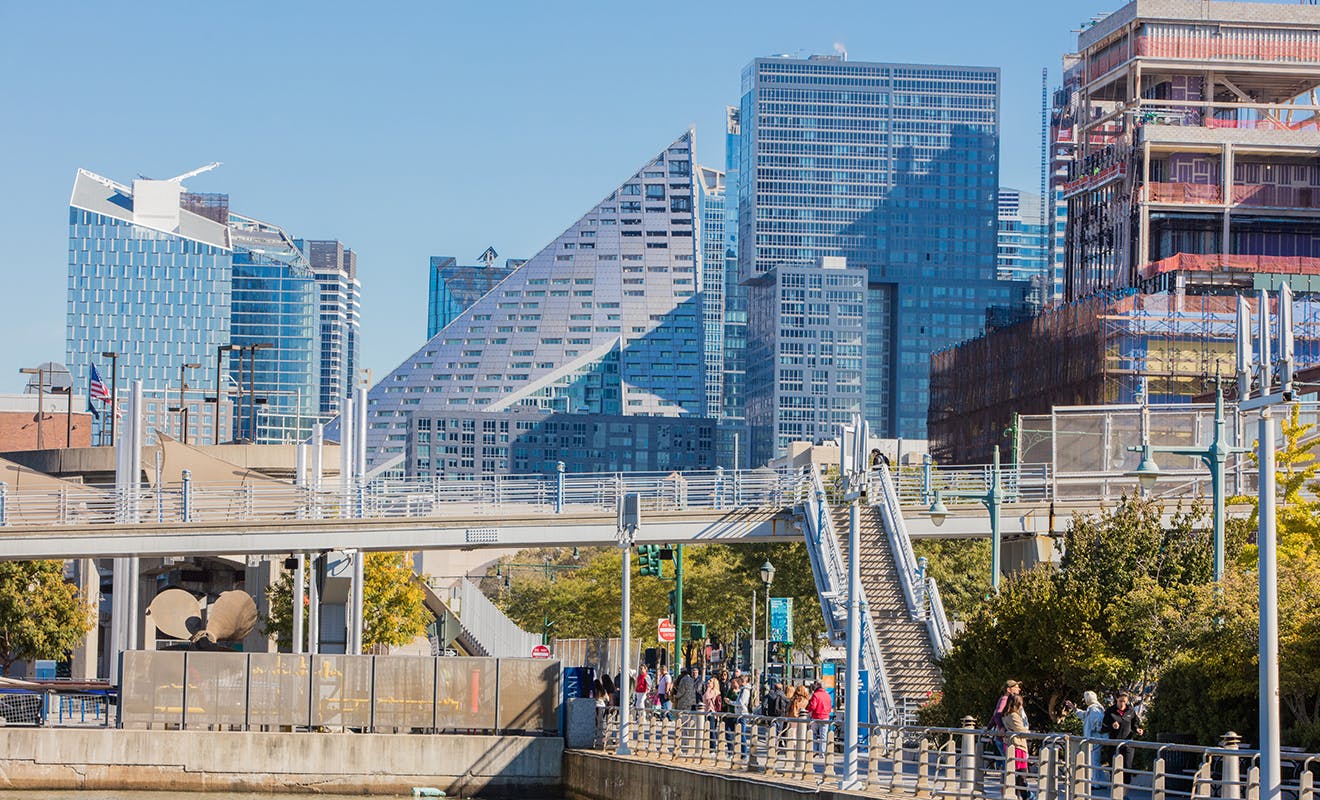The Special Clinton District and Affordable Housing
by development site advisors
The Special Clinton District was added to the zoning resolution in 1974, among the primary purposes was to preserve the existing low-rise residential character of the district, while incentivizing development, but in keeping with the character of the neighborhood.
Clinton is seen as a transition from dense, high rise midtown to the Hudson waterfront. Narrow streets would maintain their lowrise residential character, and preserving existing buildings was a priority.
Permitted rehabilitation and new construction in the area would keep in character with the existing scale of the community. Additionally, Rental levels should not substantially alter the mixture of income groups currently residing in the area. Put another way, new development would not be at the expense of the current affordable inventory.
96-00, h., from the NYC Zoning Resolution, (amended January 19th, 2005) states, “to restrict demolition of buildings that are suitable for rehabilitation and continued residential use.”
In recent years though, both the spirit and letter of the Special Clinton District has been disregarded or lost. Demolition permits have been granted on incomplete information resulting in new development and premium units, at the expense of older, more affordable units. SROs in the district have been demolished under permits granted from the DOB with no proof they are unsound. Community Board 4 blamesdevelopers providing false information or simply omitting information, though clearly records at the DOB are not well kept, and field inspections not properly done. Essentially, multiple alteration permits filed for over several years resulted in the effective demolition of these buildings. The alterations of course forced tenants out.
The result is the net loss of 153 units of affordable housing in the district by 2015. All of which should have been preserved or replaced under the intent of the Special District creation. According to Community Board 4, for every affordable unit that comes on the market, there are 100,000 applications. Clearly, current Mandatory Inclusionary Housing and Transferable Development Rights available are insufficient to meet the goals and needs of the Clinton Special District. Both need to be expanded considerably. 8th, 9th, and 10th Avenues could surely absorb additional FAR and height, and low rise, side street density, and structures could be then better preserved.
All sites facing 9th, 10th, and 11th Avenue that are R8 with C1-5 and C2-5 overlay should be up-zoned to R10. Similar to The Chelsea Special District, massing should be more encouraged on the avenues, and both TDR and MIH should bemore flexible. Inclusionary housing requirements could be met by either rehabilitating a side street structure or making it part of the new avenue facing structure. In the former case, there could be a further FAR bonus for preserving an older structure, and along with any other unused FAR, transferable to an avenue site anywhere in the district. Quality Housing guidelines should govern the massing and setbacks of new avenue development.
Further incentive to invest within the district is currently available in the Opportunity Zone (West of 10th Avenue50th Street to 58th Street) which provides considerable tax breaks and deferment.
In conclusion, an update to the Special Clinton District resolution is needed to meet the originally intended goals. If approached as suggested above, it can be a win-win, both developers and those in need of affordable housing can benefit, as of course can the city and tax base.

